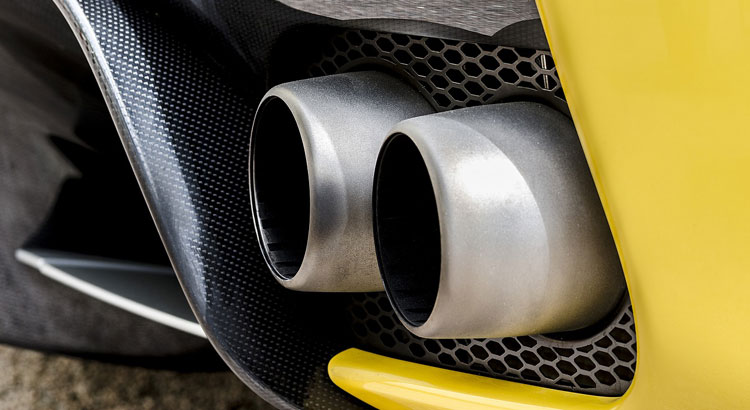2015 was the hottest year in the recorded history of temperature. 2016 surpassed 2015. And this is a trend. 2017 is supposed to be very warm once again and most probably beating all the records. Delhi did not have a winter until late January and was very short. The April and May temperatures are going to be higher by another 1.5-2 degrees across India. Northeast US had one of the wettest winters in 2015 until the snow storm late January. The same trend applies to the rest of the world as well. Global climate is shifting to a point of no return because of global warming. Major reasons for this are: carbon dioxide emissions by burning fossil fuel at power plants, burning gasoline by vehicles, methane emissions from animal & agriculture such as rice paddies and finally, deforestation.
Traffic Congestion is getting worse…
Commute times have gone up in the last ten years. What use to take an hour to travel 20 km a decade back, now takes two hours for the same distance in Delhi. The average commute time in Delhi is more than 60 minutes between office and home today. The infrastructure has improved but the numbers of cars in Delhi and travelling through Delhi have grown faster and along with other modes of transportation resulting in a higher density of vehicles leading to lot more congestion and frustration.
And so is burning of fuel and higher emission
Congestion means more of stop and go traffic which leads to lower fuel efficiency and higher emission and in case the car is not healthy, this adds to the woes. A study conducted by iGloble, comprising of 50 cars driven over 250,000 kilometers across India shows fuel efficiency going down to 6 km per liter and lower as the average speed goes below 20 km per hour for a trip as shown in the picture. This means not only we are spending more money today as we are going from location A to B but also causing more wear and tear of the engine potentially leading to engine failure faster. This will result in additional carbon dioxide emissions contributing to already existing global warming situation and higher maintenance spend. For a country such as India where 80% of the fuel is imported, this is a pure wastage.
Need to focus on reducing carbon footprint…to create more efficient car!

Daily commutes have to become more efficient; the vehicles have to become healthier so that less vehicular gasoline is burnt leading to lower carbon dioxide emissions even as we work to improve the driving conditions. There is a need to understand the factors that affect the commute such as time of the travel, mode of transportation, traffic signal efficiency, and efficient routes based on time to reach the destination, fuel efficiency, vehicle health, and maintenance spend: minimizing the overall spend by the car and fleet owners.
There are millions of devices that are part of the commute infrastructure including the vehicle, infrastructures, traffic lights, roadways, etc and are generating large amount of data every second. Each data point has information attached to it. Identifying and connecting the meaningful information to assist an action is way to go. Using IoT principles to capture real time data from within the vehicles (engine, transmission, acceleration, braking, etc.) and across the vehicles, and available infrastructure, one needs to maximize the throughput in the network with the given and understood constraints. There has to be a paradigm shift from “here and now” to forecasting the network situation with the goal of optimizing throughput with minimum spends across fuel, time, and pain. This has to be communicated to the drivers so that appropriate actions can be assisted with minimal risk. IoT connecting devices and people with process changes make a shift for a better tomorrow to lower the carbon foot print.
